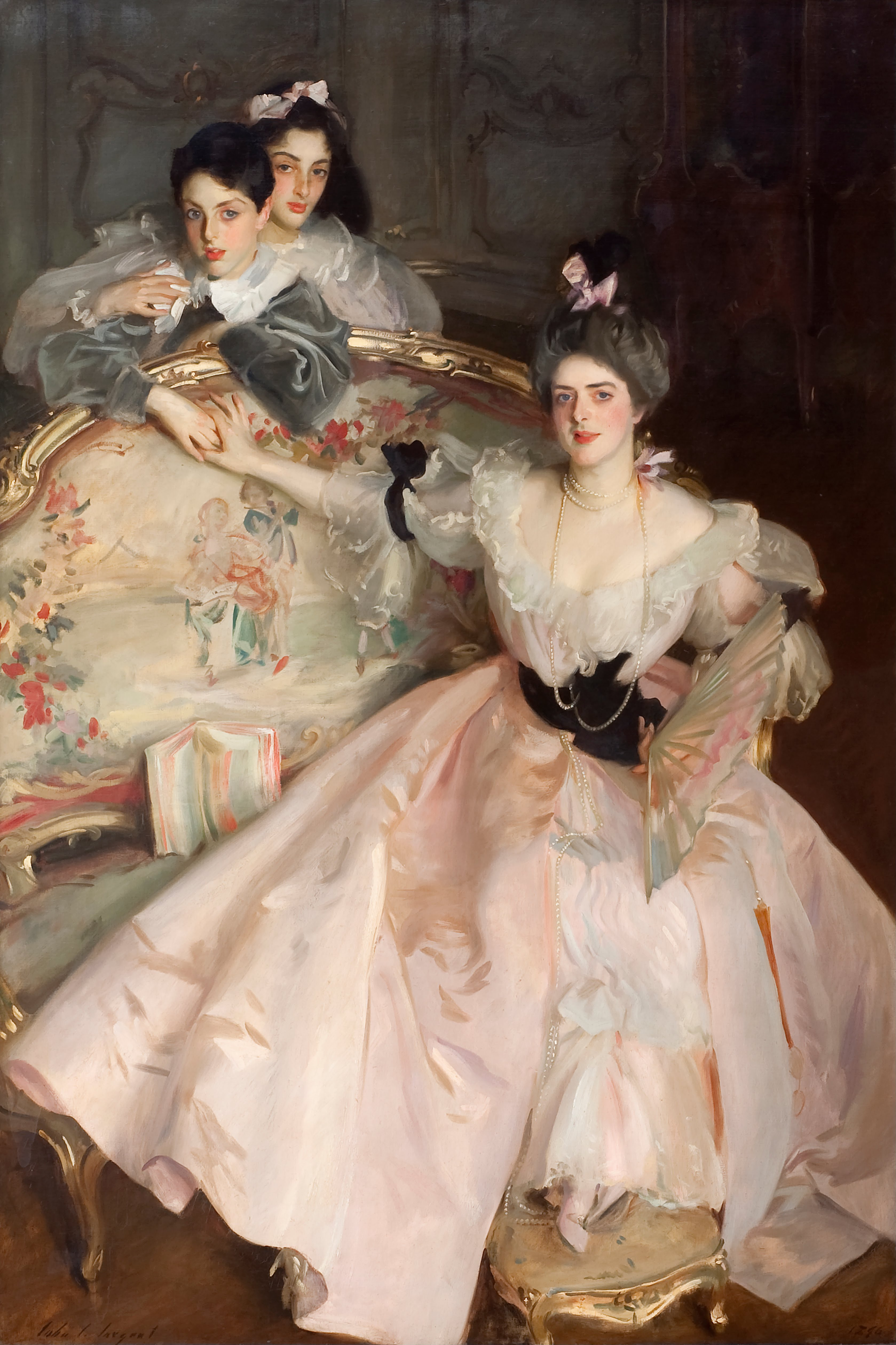Adele Meyer (née Levis), Lady Meyer, (1862/3–1930) was an English socialite, social reformer and philanthropist.[2] She was also a suffragist and an active supporter of the Women’s Tax Resistance LeagueSuffragette group active from 1909 until 1918, encouraging woman to protest against their disenfranchisement by refusing to pay taxes. (WTRL), the members of which protested against the disenfranchisement of women by refusing to pay taxes.[1]
Born in Belsize Park, London, Adele was the eldest daughter of the merchant Julius Levis. Her family was Jewish, but nothing else is known of her life until she married the wealthy banker Carl Ferdinand Meyer (1851–1922) in 1883.[2] Her husband’s association with the merchant banking house of Rothschilds brought the couple into contact with the great and the good of the day, but her new life as a social hostess was insufficient for Adele, who became Lady Meyer when her husband was created a baronet in 1910.[2]
Adele and her husband were art collectors and enthusiastic patrons of the opera,[2] but in 1910 she described herself as “a humble social worker”.[3]
Social work
Adele was a benefactor and chair of the St. Pancras School for Mothers, commonly known as the Mothers’ and Babies’ Welcome. Formed in 1907, its aim was to improve the infant mortality rate, which at the time was about 15 per cent in that part of London by, among other things, providing basic medical advice and cooking lessons for women in their own homes.[2][4] In 1910 she founded a similar institution near her estate in Newport, Essex, the Village Medical Centre, the first such rural health centre in the country.[1][2] She was also one of the founders of Queen Mary’s Hostel for Women.[2]
As a member of the Anti-Sweating League, along with fellow member Clementina Black, Adele organised and funded a study into the working conditions of London women employed in the unregulated tailoring and dressmaking industries. Their report, Makers of our clothes, being the results of a year’s investigation into the work of women in London in the tailoring, dressmaking and underclothing trades, appeared in 1909.[1][2] It concluded that the rates of pay were so low that women were forced to work almost around the clock, leaving them no time to care for their families:
Regulation was introduced in the Trade Board Act 1909, in which procedures were laid out for setting minimum wages.[1]
Later life and death
After her husband’s death in 1922 Adele served on the committee of the Shakespeare Memorial National Theatre, established in 1963 as the National Theatre, London. The Meyers “drifted from Judaism”, and Adele and her husband were both buried as Christians.[5] She died of heart failure at her home in Kent, Chipstead Place, on 17 January 1930. Her estate at probate was valued at £86,109 13s 6d, the equivalent of more than £5 million as at 2020.[2][a]Using the retail price index.[6]

